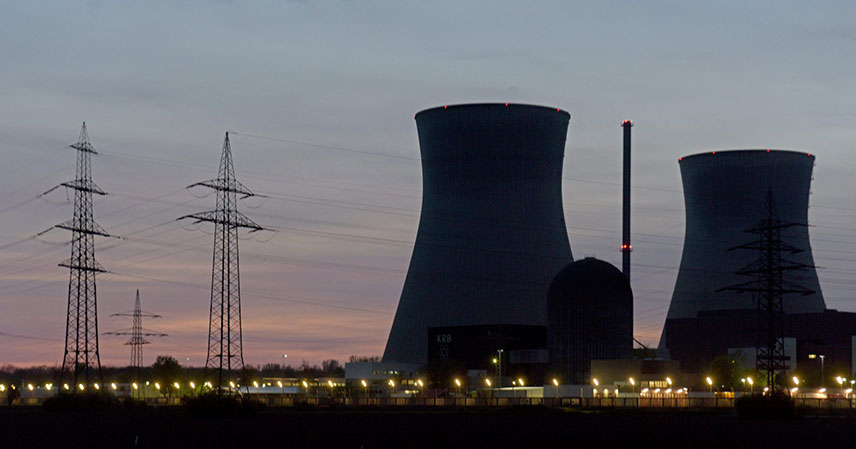In a significant move towards energy independence and climate change mitigation, the Trump administration initiated a series of executive orders aimed at revitalizing the American nuclear energy sector. These orders, signed in May, focused on streamlining regulations and accelerating the construction and development of new nuclear reactors. This ambitious plan aims to reshape the landscape of American energy production and establish the US as a global leader in nuclear technology.
The initiative, dubbed a “nuclear energy renaissance,” seeks to reduce reliance on foreign energy sources and leverage nuclear power’s potential as a clean energy alternative. This represents a shift in national energy policy, driven by both strategic and environmental considerations.
What Motivated This Push? 🤔
The drive for a nuclear energy renaissance stems from a confluence of factors. Firstly, the desire for energy independence is paramount. Reducing reliance on foreign energy sources enhances national security and strengthens the US’s geopolitical standing. Secondly, the urgent need to combat climate change is a key driver. Nuclear power, unlike fossil fuels, produces virtually no greenhouse gas emissions during operation, making it a powerful tool in the fight against global warming.
This renewed interest in nuclear energy follows a period of decline, largely attributed to safety concerns following incidents like Chernobyl and Fukushima, as well as the high initial costs associated with building nuclear power plants. However, advancements in reactor technology and a growing awareness of climate change are shifting perceptions.
The Trump Administration’s Ambitious Goals 🎯
The administration’s goal is nothing short of ambitious: to quadruple domestic nuclear energy production, aiming for a staggering 400 gigawatts of capacity by 2050. This would represent a dramatic increase in the nation’s nuclear energy output and necessitate significant investment and technological advancements.
Achieving this target requires a multifaceted approach. It involves not only easing regulatory hurdles but also fostering innovation within the nuclear energy sector. This includes supporting research and development efforts at institutions like the Idaho National Laboratory, a leading research center in nuclear energy.
The Role of Innovation and Private Investment 💡
The private sector is playing a crucial role in this ambitious plan. Companies are investing heavily in the development of new and improved reactor designs, a significant departure from the historically cautious approach in the nuclear industry. For instance, Westinghouse, a major player in the nuclear power industry, has announced plans to build ten new large reactors to contribute to the 2050 goal.
These investments highlight a renewed confidence in the viability and profitability of nuclear energy. The development of more efficient reactor designs, employing advanced fuel technologies and safety features, is essential to making nuclear power a more competitive and sustainable energy source.
Overcoming Challenges and Ensuring Safety 🚧
Despite the positive momentum, significant challenges remain. Public perception of nuclear power continues to be a hurdle, requiring effective communication and transparency to address lingering safety concerns. Furthermore, the high upfront costs of constructing nuclear power plants remain a barrier to entry for some investors.
Ensuring the safe and responsible development of nuclear energy is paramount. This necessitates rigorous safety regulations, transparent oversight, and continuous improvements in reactor technology. Addressing these challenges effectively will be vital to realizing the potential of nuclear power as a clean and sustainable energy source.
Key Takeaways 🔑
- The Trump administration’s executive orders aim to significantly expand the US nuclear energy sector.
- This initiative is driven by the desire for energy independence and the need to mitigate climate change.
- The ambitious goal is to quadruple domestic nuclear energy production to 400 gigawatts by 2050.
- Private sector investment and technological innovation are crucial for achieving this goal.
- Addressing public perception, high upfront costs, and ensuring safety are key challenges.
The future of nuclear energy in the United States hinges on successfully navigating these challenges. The ambitious goals set by the Trump administration, which stand in contrast to other policies like the move to roll back greenhouse gas regulations, could usher in a new era of nuclear power, contributing to both energy security and environmental sustainability. However, continued focus on safety, transparency, and public engagement will be critical to ensuring a successful and responsible transition.
Source: The US is trying to kick-start a “nuclear energy renaissance”



